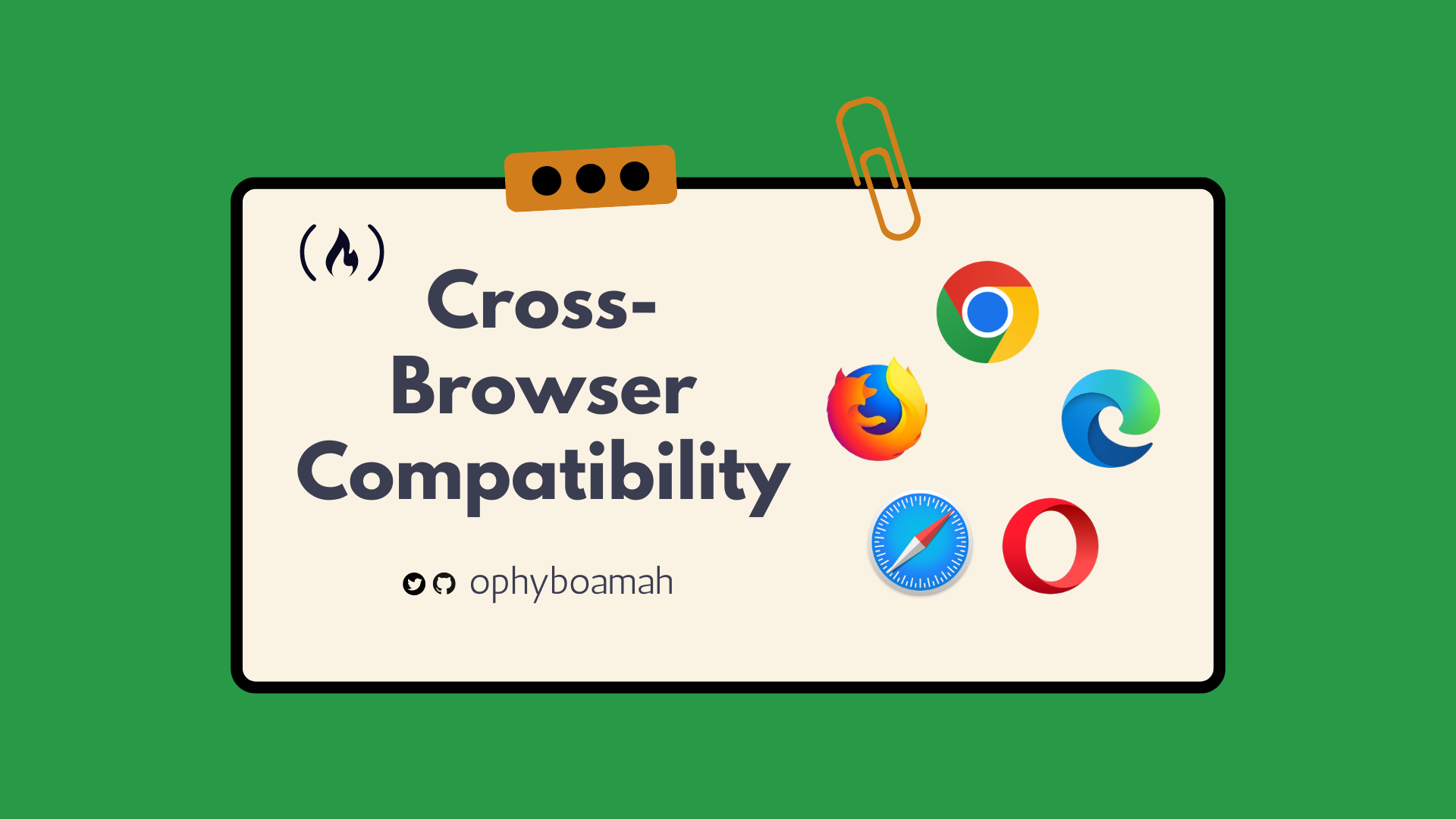Alice's Email Insights
Exploring the world of email communication and technology.
When Browsers Clash: The Battle for Web Consistency
Discover the epic showdown of web browsers fighting for consistency! Unveil the secrets behind a smoother online experience.
Understanding the Impact of Browser Differences on Web Design
When it comes to web design, understanding the impact of browser differences is essential for creating a seamless user experience. Different web browsers such as Chrome, Firefox, Safari, and Edge can render websites in varied ways due to their unique rendering engines. This can affect not just the aesthetic appeal of a site, but also its functionality. For instance, CSS styles might be interpreted differently, resulting in layout inconsistencies or broken features on certain browsers. Designers need to consider these differences during the development process to ensure that their designs are responsive, maintaining appearance and performance across all platforms.
Moreover, browser compatibility issues can lead to an uneven user experience, which can negatively impact user retention and engagement. Testing your website on multiple browsers is crucial to identify potential discrepancies. Utilizing tools like browser emulators or conducting real-world testing on various devices can help pinpoint and rectify these issues. Additionally, adopting modern web design practices, such as progressive enhancement and responsive design, allows you to create a flexible website that adjusts to the capabilities of each browser. Ultimately, being aware of and addressing browser differences is vital for ensuring your website is both functional and visually appealing to all users.

How to Achieve Cross-Browser Compatibility: Tips and Tricks
Achieving cross-browser compatibility is essential for ensuring that your website functions effectively across various web browsers. Here are a few tips to help you get started:
- Use a CSS Reset: Implementing a CSS reset can help eliminate default browser styling differences, providing a more uniform starting point across browsers.
- Test Early and Often: Regular testing on different browsers such as Chrome, Firefox, Safari, and Edge ensures that any compatibility issues can be identified and resolved at an early stage of development.
- Leverage Feature Detection: Instead of relying solely on browser detection, use libraries like Modernizr to implement feature detection, which allows you to tailor content based on the capabilities of the user’s browser.
Another critical aspect is to prioritize responsive design. This means ensuring that your website is not only visually appealing but also functional on a variety of devices and screen sizes. Additionally, make good use of fallbacks: for CSS and HTML5 features that may not be supported in all browsers. This can significantly enhance the user experience. Finally, consider utilizing tools such as BrowserStack or CrossBrowserTesting to simulate how your site appears on different platforms. This proactive approach can save you time and effort in the long run by ensuring a flawless user experience across all browsers.
What Happens When Browsers Clash? Exploring Real-World Examples
When browsers clash, it often leads to inconsistent user experiences and can create significant challenges for web developers. This phenomenon typically occurs when different web browsers interpret HTML, CSS, and JavaScript in varying ways. For instance, a website might display perfectly on Google Chrome but may break or render incorrectly on Mozilla Firefox or Safari. One real-world example of this clash is when CSS Grid Layout was implemented. Many developers faced hurdles as older browser versions, especially Internet Explorer, struggled with this modern layout mechanism, resulting in a fragmented design across platforms.
Moreover, browsers clashing can impact web performance and security. Take the case of the Heartbleed bug, which affected the way browsers communicated with web servers. Some browsers handled SSL certificates differently, leading to discrepancies in security warnings, which confused users. Consequently, developers had to address these security concerns quickly while ensuring compatibility across all browsers. This scenario emphasizes the importance of rigorous testing in various environments to mitigate issues arising from browser incompatibility and to deliver a seamless browsing experience for end-users.